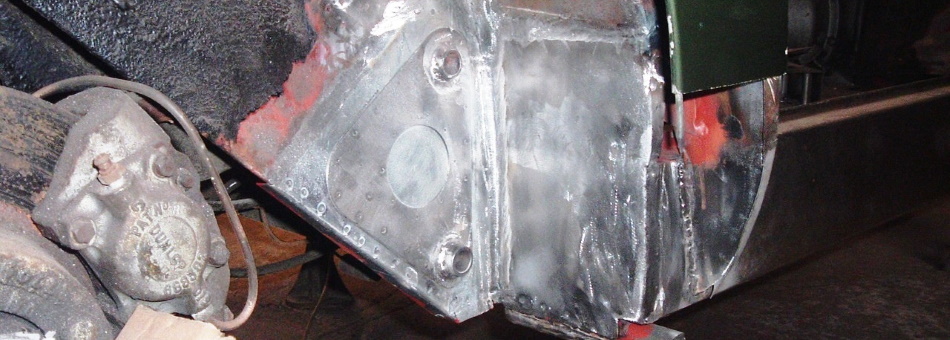Chassis Corrosion Rectification

If you have ever read any magazine articles about owning and driving an Aston Martin, chassis corrosion will feature heavily in the story. When the main chassis of a vehicle is constructed from steel as Aston Martin did on the models we maintain, particularly the DB2 through to the DB7, then the unfortunate downside is that it will rust and if left untreated will eventually lead to holes in the main structure.
If any corrosion of this magnitude is more than a few inches away from any major component such as suspension mountings, then it will instantly fail an MOT test until appropriate repairs are carried out.
At best it could mean the cutting out of a small section of steel and replacing it with a new piece if the corrosion is minor and can be localised. At worst it could lead to very extensive works being carried out to replace some or all of the corroded sections affected. In many instances such as the DB4 through to the V8 cars of the 1970’s and 1980’s this involves cutting away the lower sections of the front and rear wings to gain sufficient access to the chassis. Once these panels are removed the replacement of the steel sections of the inner and outer sills, pedal outriggers, cross members or radius arm mounting points can be carried out thoroughly.
To help prevent this level of corrosion happening again we then treat the repaired sections inside and out with zinc based primer before re-coating the outside with underseal and the inside with a cavity wax similar to that used by modern manufacturers.
